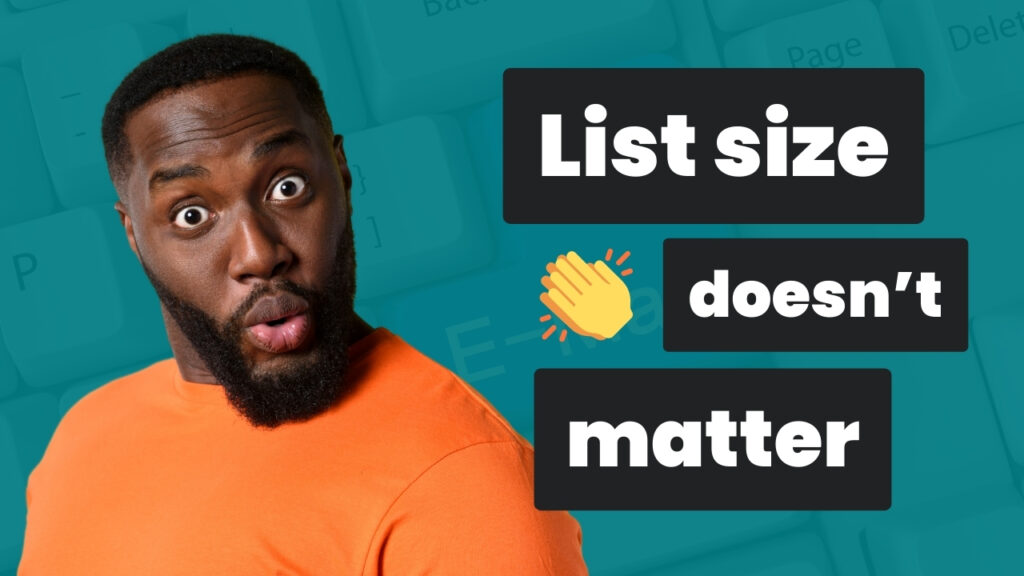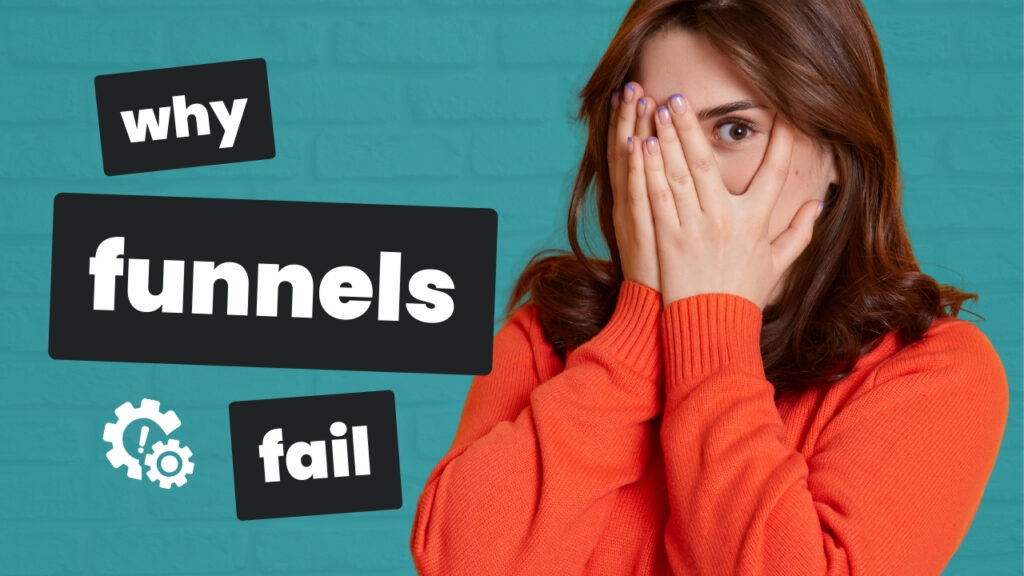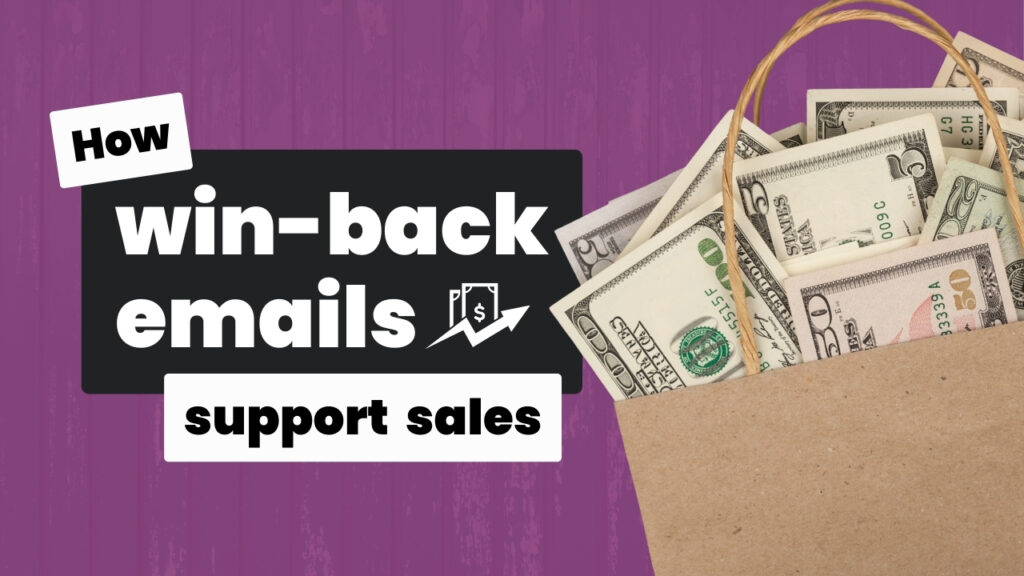As a service provider, coach, or consultant, a case study can be one of your most powerful and persuasive lead magnets.
That is, IF you can get prospects to sign up to see it.
Heads up – Your case study landing pages might be making these 3 mistakes.
In this video, I show you what they are and how to fix ’em. So you can quickly optimize your landing page copy. Put out more compelling case study sign-up pages. And woo more potential customers and clients with the results you get.
Transcript:
As a service provider, a coach or consultant, a case study can be one of your most powerful and persuasively magnets if you can get prospects to sign up to see it.
Hi, I’m Paige from The Impact Copywriter. And I help founders and marketing teams boost the conversion rates for their most critical campaigns by focusing specifically on their marketing messages, or as we like to call it, the copy.
Today, let’s look at a few in-the-wild examples of case study opt-in pages and pinpoint ways to optimize them.
Our first tip is to lead with the result.
Obviously, when people are interested in case studies, the result is what they want most or also figuring out how to get to that result. You can see here in this example that there is a result here. But it is sort of buried because it’s included in the pre-header text. Whereas in the headline, we’re leading with “get our case study.”
You’ll hear me say this over and over again, no one cares about getting your case study. They care about the result. Your case study is just a container, so I would consider optimizing this to pull the result into the headline itself.
Here’s what a new headline could look like:
All I’ve done here is pulled the 300 percent into the actual headline. And we’ve kept most of it close to the original. Now, I have included a “see how” instead of “get our case study,” and then I added “organic” here instead of just “traffic” because they use the word “no investment. So, I’m assuming I haven’t seen the case study, but I’m assuming that this is an organic traffic success story.
I also want to highlight that in the original, this said “more than 300 percent.” So, I would want to use exact numbers here for specificity. It just makes it look more believable. So, you know, if it was, I don’t know, 347, that already looks more credible and believable because it’s not a nice round number.
I’d highlight less than two months also could be more specific, so if two months is 60 days, maybe they did it in 43 with no investments.
Again, we could consider taking that a little bit further. No investments mean spending zero dollars, so we could say “zero dollars invested.”
So, I will highlight here we would want to test this, right, because one thing I’m already thinking is just looking at the numbers, two months almost feels (like my gut reaction)… it feels like less time than 43 days even though 43 days is actually less time. But because of how we present the number 2 versus 43, this could be perceived as a longer time frame even though when you think about it, obviously, it’s shorter. So, it’s something we would want to keep in mind as we move forward into testing.
I might also consider making this part here, which is more about overcoming objections like, “Oh, this is going to take forever.” “No, we actually did this in a really short time frame,” or “I’m gonna have to pay for traffic.” “Or I’m gonna have to pay for something.” “No, we did it with zero dollars.” And that we can consider making this a subheading.
Now it does look terrible in the document, so I wouldn’t necessarily make this call, you know, once we were actually in the wireframing stage to see, well, does it make it more palatable, easier to consume? Does this make the outcome actually more prominent, you know, without having all the numbers competing for attention with each other in the same headline?
Given that we’ve pulled in the actual result into the headline itself, we could actually repurpose the original pre-heading. Two ways you could do this is by doing a callout.
So, you might say something like, “Attention coaches and consultants! Attention e-commerce store owners! Attention new entrepreneurs!” This is an easy way to do a callout so that you help your ideal buyer self-identify on the page.
Another thing you could do here is using the pre-header as more of a callout. But instead of saying a specific persona (maybe that doesn’t work for you or doesn’t make sense for the context that you’re doing the case study for), you can also use an outcome like they did here, or use a motivating problem.
Now keep in mind, this will heavily depend on your VOC and what those motivating problems are or desired outcomes are for you.
If we were talking to e-commerce store owners, for example, then maybe the pain point is that they’re just not getting enough visitors to their store and not enough people are seeing their products. That’s why they’re interested in getting organic traffic. Keep in mind we don’t have to format it as a question. We could flip this for the e-commerce store example and say something like, “Get more eyeballs on your product listings. See how we increased organic traffic by 347 percent.”
So there are a lot of things you could do here. But the pre-header, the point of the pre-header in this example, is that we’re using it to call out to that ideal buyer.
Let’s look at example number two now.
Immediately, when I look at this, I’m thinking this is a strong headline except it’s not a headline. It’s formatted almost like body copy. It looks a little to be a little bit darker, maybe it’s bolded. And so, for me, this is the most important thing on the screen right now: the outcome.
Don’t bury the result.
So the first thing I would consider doing for this opt-in page would be to reverse the hierarchy here. “Free case study” – that’s not the most important thing on the page. This is more like a pre-heading for me. So, let’s make it a pre-heading, and then we’ll make the actual result the heading.
Now, this headline is pretty strong already. We’re leading with a solid result and overcoming potential objections with, “How much did you actually have to spend in order to get this result?” It’s already pretty solid, except for one thing.
In our previous example, we talked about helping use the pre-header to help ideal buyers self-identify. We can also do that by replacing generic words that don’t really carry any meaning like “I” or “we” or even company names with more descriptive phrases. Instead of using “I”, let’s be more descriptive of who the person who’s the hero of the case study is to the audience. “Our freelancer with no audience made…”
So, here we’re doing two things at once. We’re self-identifying if the audience are freelancers, if they identify as freelancers then “freelancer” is going to be a good word here. If the actual hero of the case study was indeed a freelancer when this happened, we’re also adding in another qualifier that is related to an objection.
Let’s look at another example.
Okay, I’m not following the title case here, but just for the sake of the example, let’s see how a regular guy with no writing experience made $100K from one blog post. So, we’re using the same setup here, making this person not seem special. They were just a regular guy, and then overcoming a potential objection for the audience that you have validated through your Voice of Customer (VOC) research.
Remember to replace meaningless descriptors like “I,” “we,” or specific company names with descriptors that are more meaningful to the ideal buyer.
One side note on that is when using company names: if the company is well-known in your industry and it adds credibility to your case study, you might consider not swapping that. You are piggybacking on that credibility because the audience recognizes the company name. In that case, I wouldn’t necessarily dilute that credibility by trading it out for something more generic.
But if the company name you’re featuring in your case study is not well-known by your audience, then it’s more beneficial to use a descriptor. So, instead of saying company XYZ, you would favor something more descriptive like “mindset coach.”
Another key component of an opt-in page for a case study are your teaser bullets, which naturally help ease the content of the case study so that people want to sign up to see what’s inside.
When reviewing this in the wild example, my attention snagged on the first bullet. For me, it’s missing a connection to anything that makes it relevant and meaningful for me as the ideal buyer. So, thinking that I’m a new coach or consultant and I don’t have a niche and I don’t really know why Niche is important, this bullet for me just falls flat.
To give your teaser bullets more meaning and to help your ideal buyer see why they should desire the information that’s in your case study, you have to give them a reference point. Those reference points are often either some sort of problem, belief, or a desired outcome.
So immediately with this, I see two potential solutions.
The first way is to add a payoff line. So, what that could look like is adding a payoff line at the end that’s connected to a desired outcome. Maybe that’s why having a niche and a proof of concept is vital to filling up your calendar with potential client costs. That connects back to what a new coach or consultant really wants. Now, remember, you’ll want to tie your payoff line to your voice of customer data.
The second way I see that we can rewrite this teaser bullet is by flipping it. Instead of focusing on the outcome, let’s consider focusing on the problem. So, I might write something like, “Why being an I-do-all-the-things generalist is making you invisible to high-paying clients.”
So, what I’ve done here is I’ve given the reader a reference point. Because if I’m a new consultant and I don’t really understand why having a niche is important, then I probably don’t have a niche. I’m probably a generalist. Of course, we want to run all of this by our VOC to make sure we are being accurate to that conversion context, but this is logical.
And so, instead of the payoff, this is more of like a cost line, right? So, if I’m a generalist, then that’s the reason that I’m invisible to high-paying clients, which is something I don’t want.
Let’s do a bonus tip and take a look at the buttons.
When I was reviewing all three examples, I noticed that the buttons are very similar: “Grab your case study today,” “Yes, send me your case study,” “Get your case study now.”
I’ll say it again. No one wants a case study. They want the result of that case study or the outcome of what they’ll be able to do with that case study.
The case study is just a container.
In a test, instead of using bland calls to action, I would consider using calls to value for your buttons.
Here are some quick options I came up with for the three examples we’ve seen previously:
- I want traffic insights
- Show me how to boost traffic by 300%
- Show me how to get more traffic with zero dollars
- Send me the 100K blog post
- Show me how to write money-making blogs
- Show me how to get 50 clients a day
- Give me your client attraction system
These took me only a few seconds to write, and they’re already more persuasive than a simple, bland CTA that says “give me the case study.”
You’ve worked hard to get those results, so why not give your credibility-boosting case studies the persuasive copy they deserve? So you can pull in more qualified leads for your products, programs, and packages.
And if you need help getting your case study lead-gen funnels to work harder for your brand, let’s chat.


